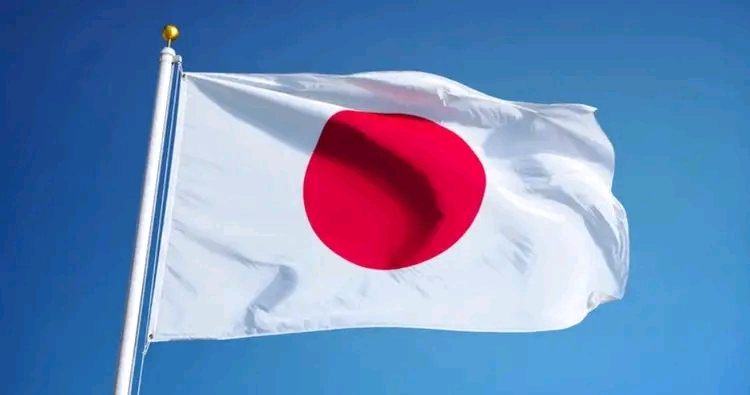In a watershed moment for Japanese politics, the ruling Liberal Democratic Party (LDP) elected Sanae Takaichi as its new leader on October 4, 2025, placing her on course to become Japan’s first female prime minister. The leadership race capped a period of turbulence for the party, and her election carries major consequences for Japan’s domestic direction, foreign policy posture, and regional dynamics.
From Ishiba’s Resignation to a Leadership Vacuum
The backdrop to Takaichi’s rise was Prime Minister Shigeru Ishiba’s resignation following a string of electoral defeats. In recent parliamentary elections, the LDP lost its majority in both houses. Ishiba’s government also struggled amidst economic pressures, rising cost of living, and regional security challenges.
With Ishiba stepping down, a leadership contest was triggered within the weakened LDP. The party faced internal pressure to rapidly regain credibility, unify its factions, and project a governance agenda that could reconnect with an increasingly skeptical public.
Takaichi’s Victory & What She Represents
Takaichi emerged victorious after a two round contest against Shinjirō Koizumi and other candidates. In the first round, she led with 31.07%, moving into a runoff where she secured 54.25% of the votes among party delegates.
She is known for her conservative vision, strong alignment with the late former prime minister Shinzo Abe, and a political posture comfortable with nationalist and security oriented policies. Her campaign emphasized “crisis management investment” a strategy to direct government resources into vital sectors like energy, technology, food security, and national defense.
In addition, Takaichi has referred publicly to Margaret Thatcher as a role model, underscoring her ideological position favoring robust state roles, economic assertiveness, and strong leadership.
Immediate Reactions & Market Response
Japan’s stock market responded positively: the Nikkei index hit record highs amid optimism around her agenda. At the same time, the yen and government bonds experienced volatility investors are assessing risks tied to more aggressive fiscal stimulus or monetary easing.
Internationally, reactions were cautious but alert. Taiwan’s leadership extended congratulations and framed Takaichi as a stable partner. China characterized it as an internal matter but urged that Tokyo adhere to existing political agreements concerning historical commitments and regional policies. The U.S. ambassador in Japan also congratulated Takaichi, signaling continuity in bilateral ties.
Challenges Ahead: Governance, Credibility, and Policy Implementation
1. Parliamentary Weakness & Coalition Fragility
Because the LDP lost its outright majorities, Takaichi will need to build alliances likely with Komeito (its traditional partner) and possibly moderate opposition parties to secure legislative passage. Failure to do so could stall governance and policy follow-through.
2. Fiscal Pressures vs Stimulus Ambitions
She has signaled readiness for expansionary fiscal spending, especially in sectors underpinning “crisis management.” But Japan already bears high public debt. The balance between stimulus and fiscal discipline will be a razor’s edge.
3. Monetary Policy Tension
The Bank of Japan (BOJ) may face increased political pressure. Takaichi’s stance suggests she will set direction and expect BOJ cooperation, but autonomous central banking norms may clash with political impulses.
4. Gender Expectations vs Political Identity
As the first woman poised to lead Japan, there is symbolic power. But critics point out that Takaichi’s past stances, opposition to dual surnames for married couples, resistance to some gender reforms, suggest she may not be a progressive icon for gender equality. Her leadership will likely be judged more by policy than symbolism.
5. Foreign and Security Policy
Takaichi is seen as more hawkish than some predecessors. She may push Japan further on defense, regional security, and a more muscular national posture especially toward China and in cooperation with the U.S. But that could raise tensions in East Asia at a delicate moment.
Strategic Takeaway
Sanae Takaichi’s election is a pivot point: a blend of continuity with Abe-era aspirations and potential change in how Japan addresses security, economy, and national identity. She inherits a party weakened at elections, an economy facing demographic headwinds, and a geopolitical neighborhood in flux.
If she delivers growth, fortifies alliances, and stabilizes governance, her rise could mark a renewal era. If she falters or overreaches, her ascension may be remembered as symbolic rather than substantive.

